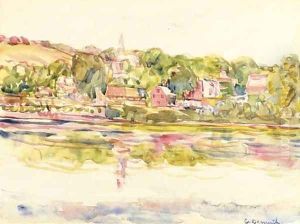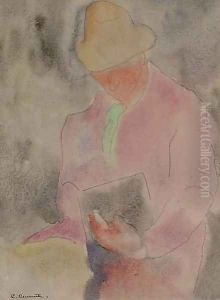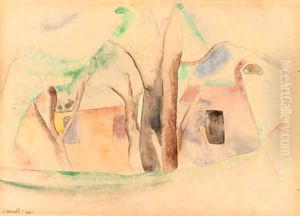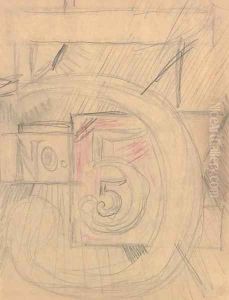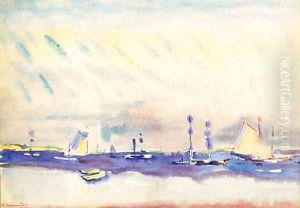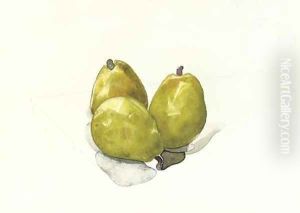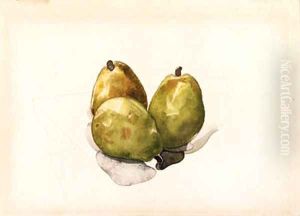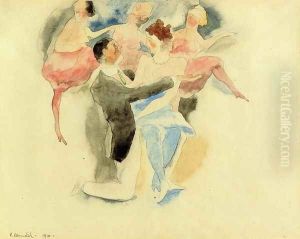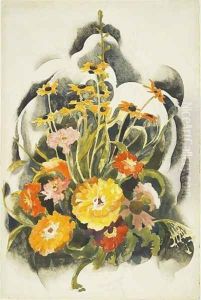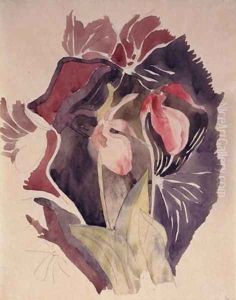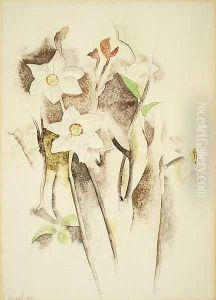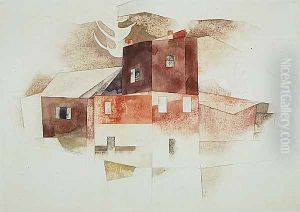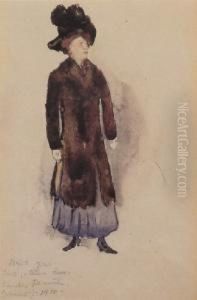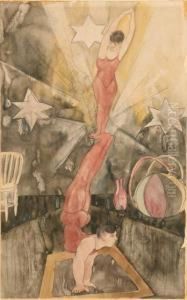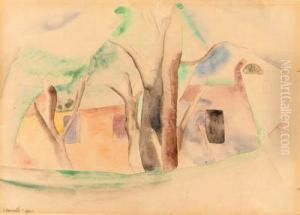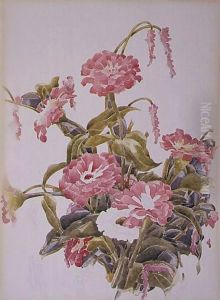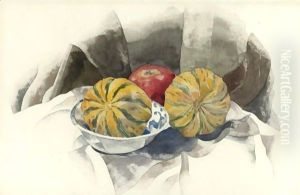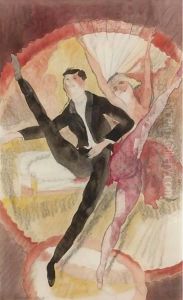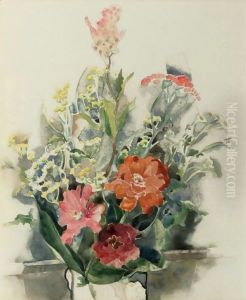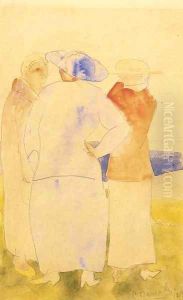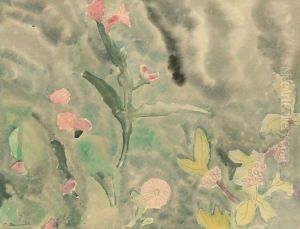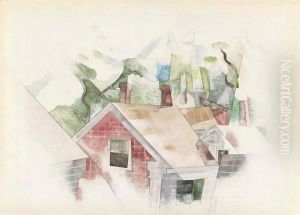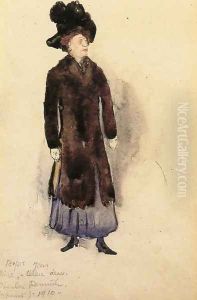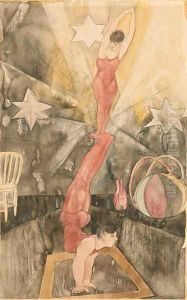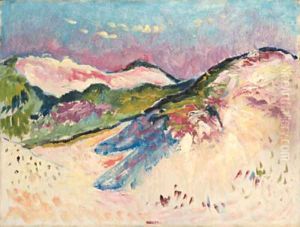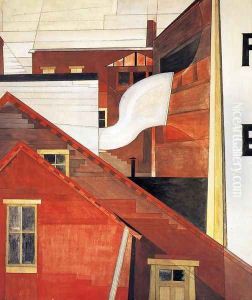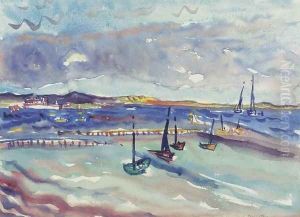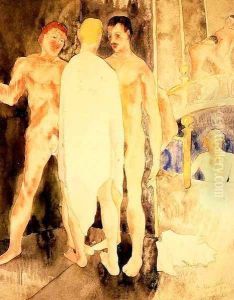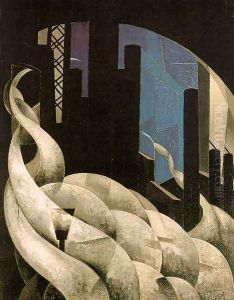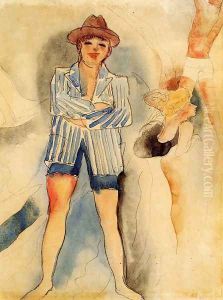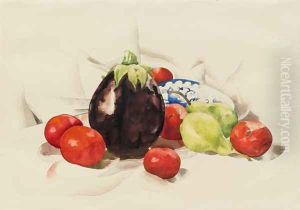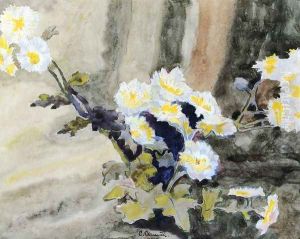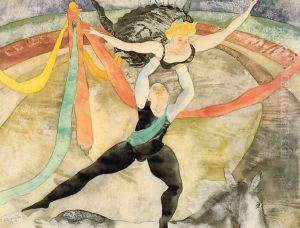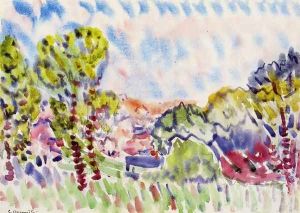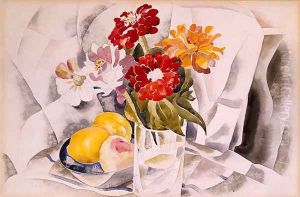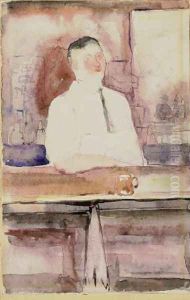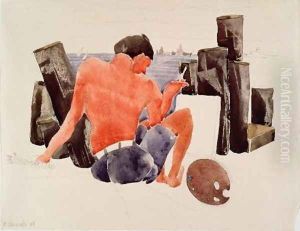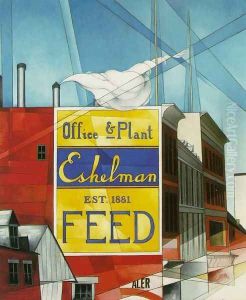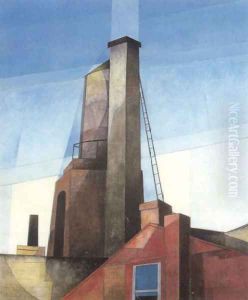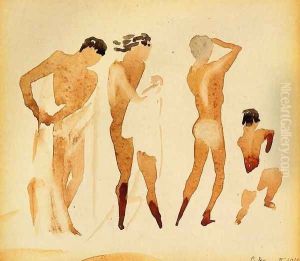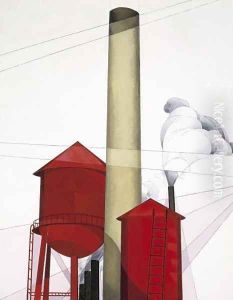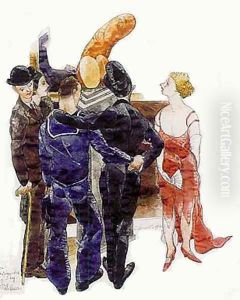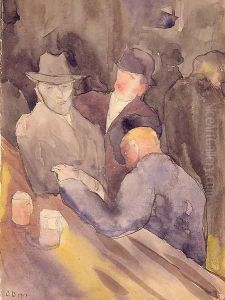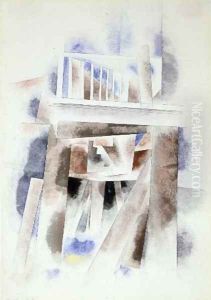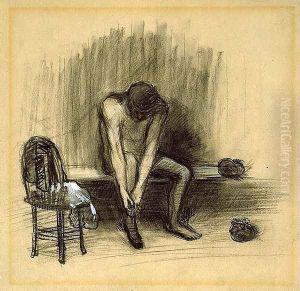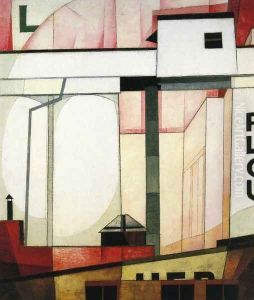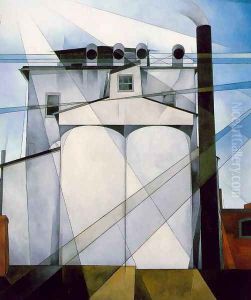Charles Demuth Paintings
Charles Henry Buckius Demuth, born in Lancaster, Pennsylvania, was a prominent American painter who played a crucial role in the development of the Precisionism movement in the United States. His works are characterized by the celebration of modern life and the industrial age, showcasing a distinct, crisp, linear style that emphasized geometric forms.
Demuth's early years were marked by his close relationship with his family, particularly his mother, with whom he lived for most of his life. Despite battling with diabetes and lameness from a young age, he pursued his passion for art, studying at Pennsylvania Academy of the Fine Arts under the mentorship of Thomas Anshutz, and later, at Académie Colarossi and Académie Julian in Paris. His time in Paris from 1907 to 1909 had a profound impact on his approach to art, exposing him to the works of modernist artists and leading him to embrace watercolor as his primary medium initially.
Throughout his career, Demuth oscillated between figurative painting and abstraction, often blending the two to create unique compositions. His early works included brilliant floral still lifes and vibrant scenes of Lancaster, which evolved into his more recognized style of precise architectural and industrial landscapes. One of his most famous series, 'My Egypt,' showcases grain elevators as modern pyramids, symbolizing the new American landscape.
Demuth was also a significant figure in the American avant-garde, maintaining close friendships with many literary and artistic figures of his time, including Georgia O'Keeffe, Marsden Hartley, and Alfred Stieglitz. These relationships, especially with Hartley and Stieglitz, were instrumental in his artistic development and in introducing his work to a broader audience.
In addition to his contributions to Precisionism, Demuth is celebrated for his figure studies, which often depicted the human form in a fragmented or abstract manner. His series of poster portraits, dedicated to his friends and cultural icons, is particularly notable for their innovative use of symbolism and text.
Charles Demuth's legacy extends beyond his pioneering role in American modernism; his works are held in high esteem for their intricate detail, innovative techniques, and portrayal of the American spirit during the early 20th century. He passed away in 1935 in his hometown of Lancaster, leaving behind a body of work that continues to influence artists and captivate audiences.



